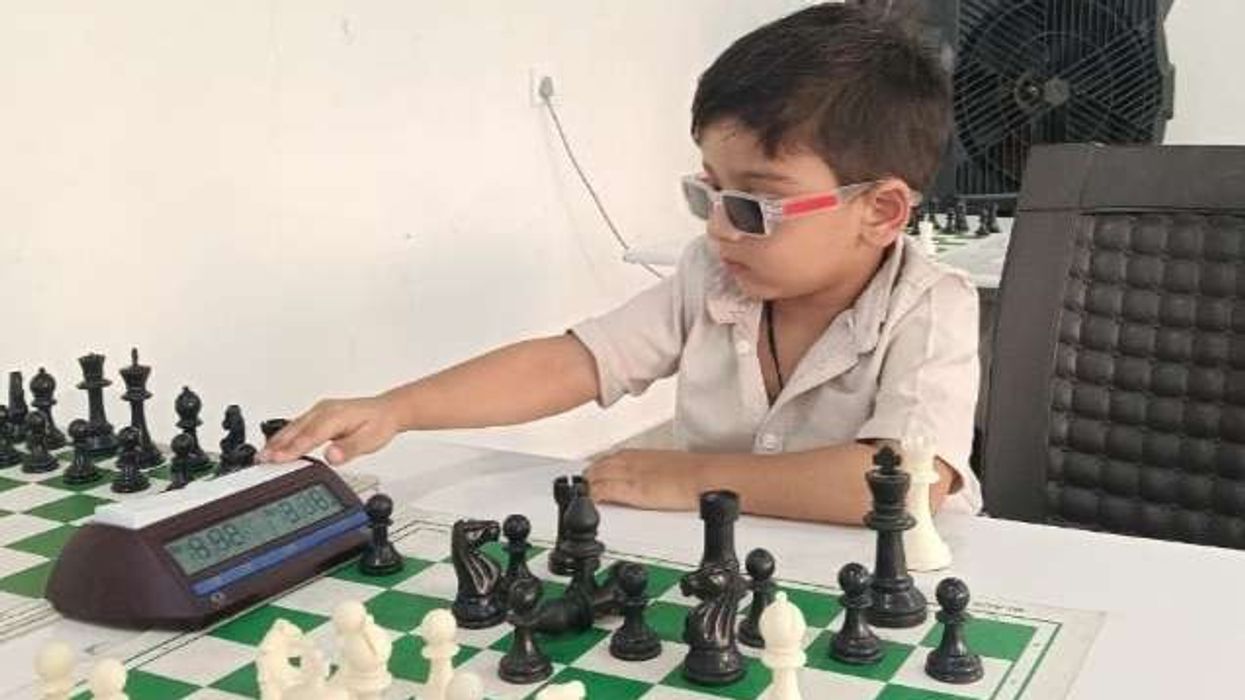ENGAGING in light-intensity exercises for a short duration significantly improves blood flow to the cerebrum in children, which is known to enhance cognitive functions, according to a recent study by Waseda University in Japan.
The study involved 41 healthy children ranging from fifth-grade elementary to third-year junior high school students to explore the effects of brief, light exercises on the prefrontal cortex, a part of the brain associated with cognitive processes.
Researchers focused on simple exercises that can be easily performed without special equipment, such as seated stretches, with movements lasting between 10 to 20 seconds.
Using functional near-infrared spectroscopy, a technique that measures changes in brain blood flow by analysing oxyhaemoglobin levels, the team observed a significant increase in blood flow to multiple regions of the prefrontal cortex during all forms of exercise compared to resting states.
The findings, published in the journal Scientific Reports, suggest that incorporating these types of exercises could enhance children's cognitive abilities and may also serve as a strategy to prevent cognitive decline in adults and the elderly.
"By combining these exercises, it is possible to develop a program that everyone can easily engage in to improve children's executive functions," said Takashi Naito, a doctoral student at Waseda University and one of the study's authors.
The authors further wrote that the study implies that short-duration, light-intensity exercises, provided that they entail a certain degree of cognitive and/or physical demands, can activate the prefrontal cortex and increase blood flow.
Previous studies have shown that physical exercise improves cognitive function in many ways such as by improving blood flow to the brain, by causing structural changes in the brain and by promoting the forming of new brain cells, or neurons.
However, as children around the world have been shown to insufficiently engage in physical exercise, leading to high levels of sedentary behaviour, the authors said that the study's results offer potential solutions.
The study is a significant step forward in combating sedentary lifestyles and activating brain functions in children, thereby supporting their physical and mental growth, they said.
"Our goal is to develop a light-intensity exercise program that is accessible to everyone, aiming to enhance brain function and reduce children's sedentary behaviour," Naito said. (PTI)













